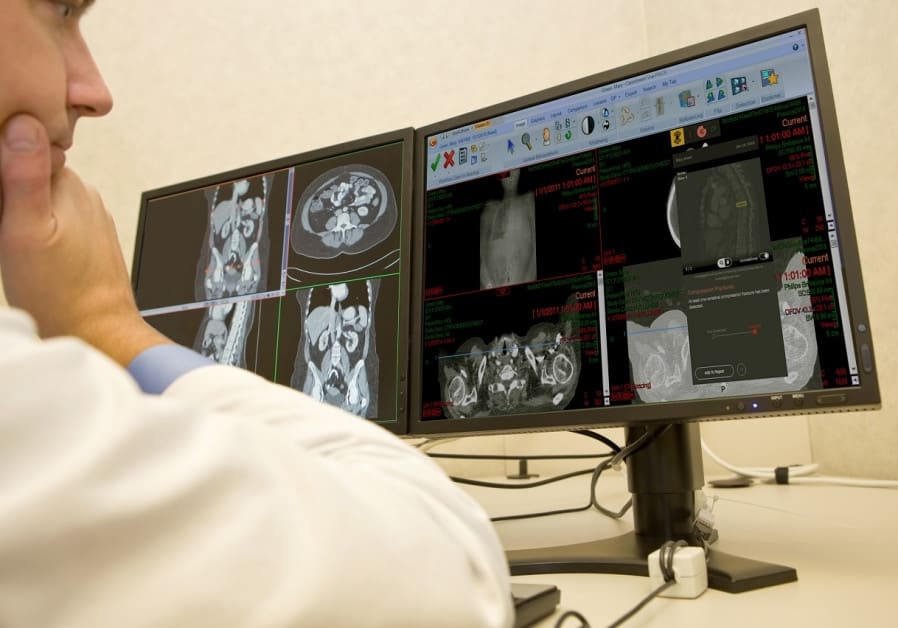
Dr. Theodore Woodward, a professor at the University of Maryland School of Medicine in the 1940s, would instruct his medical interns: “When you hear hoof beats, think of horses not zebras.”
Woodward’s saying, subsequently learnt by many doctors at medical school, encouraged interns to look for commonplace diagnoses rather than exploring more unusual explanations for illnesses.
Today, by harnessing artificial intelligence, digital health data and deep learning, Shefayim-based healthcare start-up Zebra Medical Vision aims to identify the exotic diagnoses – the zebras – by providing radiologists with high-performance algorithms to accurately identify and prevent lung, breast, liver, cardiovascular and bone diseases.
Before founding the company, Zebra CEO Eyal Gura was the founder of PicScout, a company acquired by Getty Images in 2011 that developed a platform to identify the digital fingerprint of images online. Gura was inspired to found Zebra, however, after being hospitalized in Mexico following a scuba diving accident.
“I was hospitalized in some mediocre clinic,” Gura told The Jerusalem Post. “They tried to diagnose my x-ray scan but the technician couldn’t understand what I had. I knew we had to wait for a few days for the radiologist to come from a big city, so that was the seed of the idea for Zebra.”
While radiologists across the world have been using computer aided detection (CAD) based on traditional image processing tools for the last decade, the system generates a large number of false positive diagnoses.
Zebra’s deep learning-based detection platform has already led to a deep reduction in false diagnosis rates in trials and pilot programs abroad. In the case of breast cancer, it can cut down undetected cases by more than half.
“We are in a hurry to create as many of artificial intelligence applications as possible,” said Gura. “So far we have touched on breast cancer, initial applications in chest x-rays, initial applications for head and chest CT scans, but this is just the tip of the iceberg.”
“There are many things we can do for abdomen, chest and head CT scans, in MRIs and ultrasounds, and that is only in the field of radiology,” Gura said. “Outside of radiology, there is digital pathology, dermatology and ophthalmology – all those images that need to be analyzed by human beings to make life-making or breaking decisions.”
In July, Zebra received US Food and Drug Administration clearance for the application of its coronary calcium scoring algorithm. To date, the company has received CE approval for seven algorithms, enabling it to commercialize its products in the European Economic Area.
Gura believes the rare combination of talent, accessible data and nature of the healthcare system makes Israel the ideal location for healthtech innovation. In January, the government announced plans, in collaboration with Europe’s largest software firm SAP, to invest NIS one billion into digital healthcare innovation over five years.
“We have one of the strongest artificial intelligence teams around,” said Gura. “These are mission-driven people that want to use their knowledge of computer vision and neural networks to benefit people. Almost each one of the team members has a family history of misdiagnoses by doctors. We feel that with the data we have and the talent in Israel, we can solve all those problems.”
Zebra, along with the expanding Israeli healthtech start-up ecosystem, is well-poised to take advantage of the huge but traditional healthcare industry, which has only recently started to embrace the advantages of innovation.
“The potential is huge for Israel, as the market is ten times greater than cyber security,” said Gura. “Globally, cyber security is a $100 billion industry. Healthcare is worth in excess of one trillion dollars.”
























